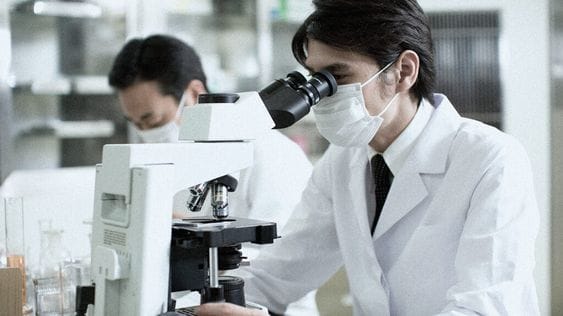
Medical News Today recently featured a study conducted by a team of chemists at the University of Tokyo Graduate School of Pharmaceutical Sciences working to improve the efficacy and safety of Gramacidin A, one of the world’s oldest antibiotics. Gramacidin A became the first antibiotic to have commercial use and paced the way for the development of penicillin and other antibiotics. Currently, Gramacidin A is only suitable for external use, such as in topical treatments because significant intake may cause the breakdown of red blood cells and is toxic to organs, such as the kidney and liver.
Gramacidin A kills bacteria by infiltrating the cell membrane and causing the contents of bacterial cells to leak out while surrounding contents leak in through pores created by the drug called ion channels. While this is an effective way to kill bacteria, the drug is not selective to bacterial cells only and has the same effects on human cells. Ion channels are essential to regulating vital functions in the body, such as blood pressure and brain function – the disruption to these ion channels by Gramacidin A negatively influences the ability of cells to perform their functions.
In this study, the team found that by altering 6 of the 15 amino acids in the drug they were able to find 10 variations of Gramacidin A as potential future antibacterial drugs. Preliminary tests with rabbit blood cells and mouse leukemia cells showed that the newly created versions of the drug were less harmful to mammalian cells while retaining their ion channel-forming ability. The authors of the paper concluded that the approach developed in this study “will be widely applicable as a promising strategy for identifying key structural features and optimizing the pharmacologically favorable activity of natural products.”


Comentarios recientes